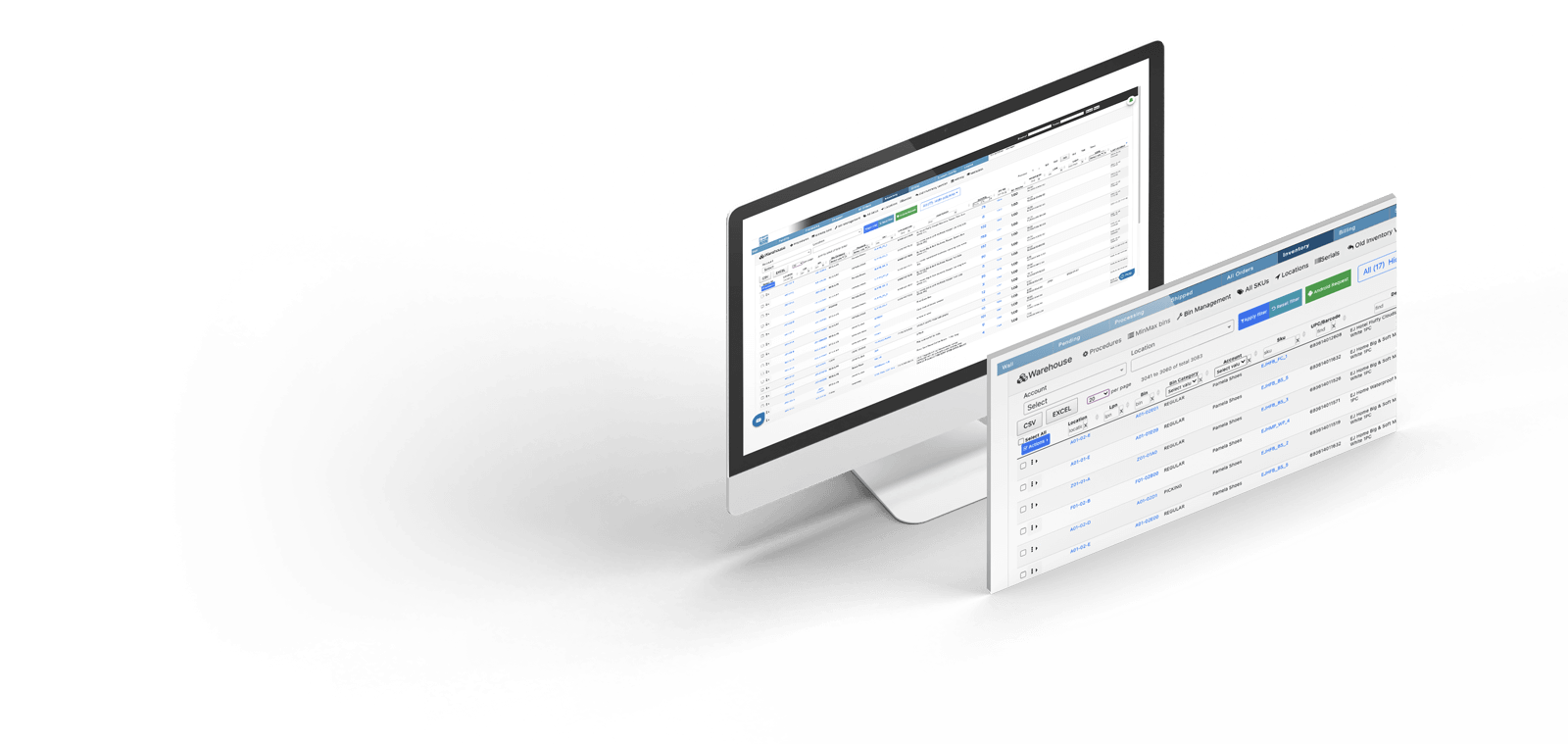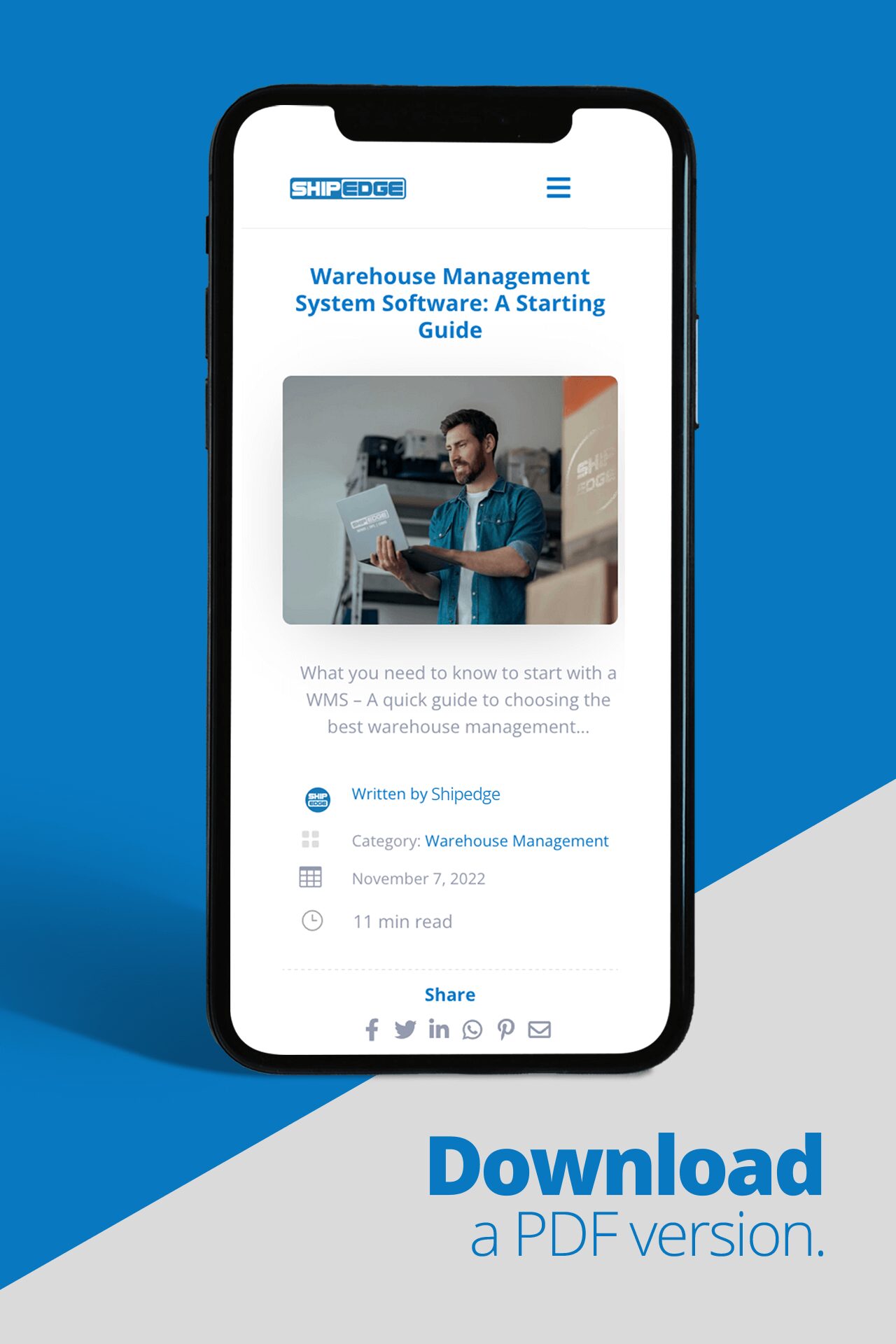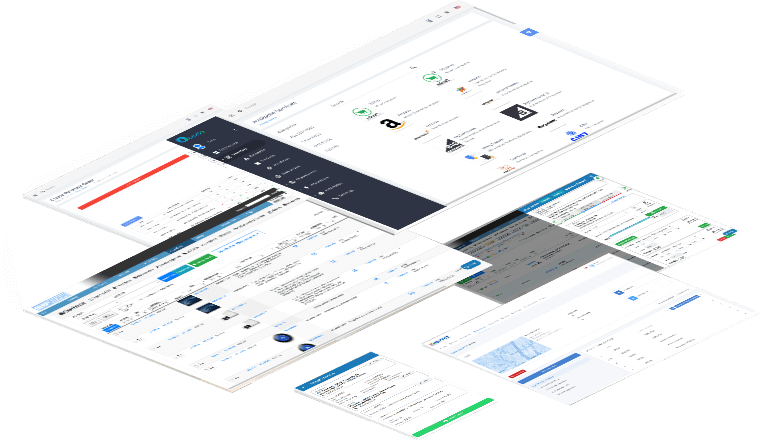Third-party logistics (3PL) warehouses are pivotal points in the supply chain where inventory reception, order fulfillment, and customer commitments converge. This guide delves into the elements contributing to cost-effective 3PL warehousing, from labor efficiency to customer-specific needs, strategic planning, and technology integrations.
To enhance your labor efficiency, it’s vital to understand:
- What activities to track
- How to set realistic benchmarks
- How to compile and analyze significant amounts of data
With Shipedge’s cloud-based warehouse management system (WMS), we provide you with real-time labor analytics that enables you to track labor efficiency meticulously. With a robust WMS, you can overcome the complexities of performance tracking and establish an operation that is both effective and efficient.
Enhancing Labor Efficiency: The Key to 3PL Warehousing Profitability
Experienced 3PLs know that labor is the most costly expense in running a warehouse. Boosting labor efficiency is crucial for maintaining cost-effective warehouse operations. The proficiency of employees directly influences the ability to meet service level agreements (SLAs), and thus, customer relationships and associated costs.
Understanding where laborers or employees struggle and excel is important in maintaining a profitable 3PL warehousing business strategy. Once a sales order arrives, it’s time to pick, pack, and ship it. Measuring picking and packing productivity, or how many orders are picked in a given period, provides insight into the operational pace. Likewise, cycle times, or the average time between picks, allow us to gauge the rate at which employees complete tasks.
Key aspects of labor efficiency include:
- Value-added activities: Focus on tracking activities that customers are willing to pay for. Picking and packing productivity and cycle times, or the average time between picks, are essential metrics.
- Technology integration: Utilize a warehouse management system (WMS) to streamline metric collection and interpretation, negating the need for manual “eye tests.”
A robust WMS provides tools to improve performance directly, such as mobile scanning solutions, effectively digitizing paper-based processes. Implementing barcodes and mobile scanning devices in 3PL warehousing improves picking accuracy and speed, creating a digital footprint of warehouse activities with timestamps.
Discover how our WMS can improve your business
Understanding Customers’ Unique Needs: Personalizing Your Approach
Each customer is unique, and comprehending their specific labor requirements is fundamental for effective labor capacity evaluation and planning in 3PL warehousing.
Consider the following:
- Order variability: Whether your customers operate on a B2B or D2C model, their orders will differ in size and complexity.
- Leverage forecasts and historical data: Use this information to anticipate demand and adjust your labor capacity.
- Special storage: Do your customers sell items that require temperature control? Are the products large and bulky that might require a forklift to transfer? Do certain products require high security? These are all things to consider when determining how to organize the layout of your warehouse.
- Serial number tracking: Customers selling perishable goods or unique items may need the ability to track serial numbers in the event a product is returned, recalled, or otherwise needs to be investigated. It’s important for 3PL warehousing operations to ensure that their warehouses have the ability to track expiration dates, serial numbers, or batch numbers.
Strategic Planning: Balancing Profitability and Customer Retention
While meeting SLAs and planning effectively is essential, the end goal is generating profits that fuel business growth. 3PL warehousing leaders need to understand labor costs, capacity, and requirements to make informed decisions about partnership agreements. This understanding may lead to adjusting terms based on data, ensuring the business is fairly compensated for its services, or even severing ties with a customer if maintaining the relationship proves unprofitable.
Key points to consider are:
- Understanding labor costs: This will help in making informed decisions about partnership agreements.
- Competitive pricing: Leverage data to price your services competitively to attract and retain high-value customers.
Especially in times of economic uncertainty, it’s vital to stay competitive in the 3PL market. Overpricing can drive customers away, so leveraging data to price your services is crucial. This strategy will help your 3PL attract and retain high-value customers.

Embracing Technology: The Future of 3PL Warehousing
Advanced technologies such as artificial intelligence (AI) and machine learning (ML) have revolutionized the 3PL industry. These technologies offer unprecedented levels of automation and efficiency, making them valuable assets for cost-effective operations. AI and ML can enhance everything from inventory management to logistics planning, and their role will only expand in the future.
- AI and ML applications: These technologies can enhance everything from inventory management to logistics planning.
- Technology integration: Integrate such technologies into your warehouse operations to streamline processes, improve accuracy, and drive cost-effectiveness.
Discover how our WMS can improve your business
Fostering a Culture of Continuous Improvement: The Role of Data Analysis
Data analysis plays a crucial role in the pursuit of cost-effectiveness. Utilizing the data captured by your WMS and other technology solutions can provide key insights into the efficiency of your operations, potential bottlenecks, and areas for improvement. In turn, these insights can inform strategies for continuous improvement, driving ongoing efficiency gains and cost savings.
Furthermore, data analysis can also uncover hidden opportunities for 3PL warehousing operations. For instance, analyzing order patterns can reveal peak periods of demand, allowing you to adjust staffing levels accordingly. Similarly, examining the time taken to fulfill different types of orders can help identify inefficiencies in your picking and packing processes.
Leveraging Partnerships: The Power of Collaboration
In the 3PL industry, strategic partnerships can be a powerful tool for cost-effectiveness. By partnering with other businesses, you can tap into their expertise, resources, and capabilities, thereby enhancing your own service offering.
- Collaboration benefits: By partnering with other businesses, you can tap into their expertise, resources, and capabilities, thereby enhancing your own service offering.
In conclusion, achieving cost-effectiveness in 3PL warehousing is a multifaceted endeavor. It requires focusing on labor efficiency, understanding customers’ unique needs, strategic planning, embracing advanced technologies, fostering continuous improvement, and leveraging strategic partnerships. By adopting these best practices, you can exceed customer expectations, ensuring the long-term success and profitability of your business.
Discover how our WMS can improve your business













0 Comments